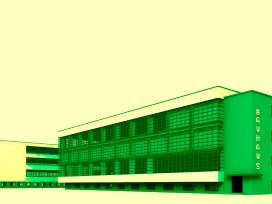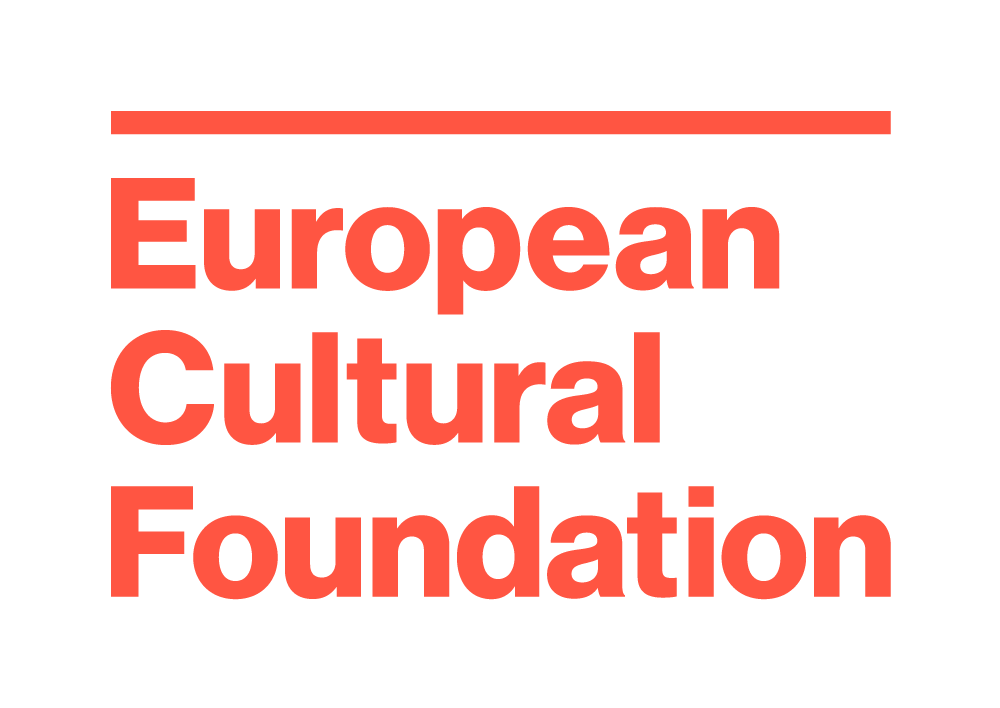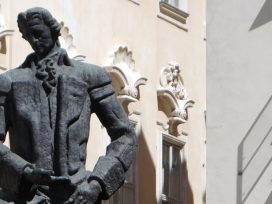A future factory for Europe
Positioning the European Pavilion in the quest for a common future
How can decentralized art initiatives imagine a future for Europe? And whose future is being imagined there? The European Pavilion looks to create a space that transcends the confines of exclusivist tradition.
Spaces, where the future of Europe is being discussed, are emerging at a rapid rate. Amid a vast array of speculative think tanks of all political persuasions, the Conference on the Future of Europe was officially launched on 9 May – Europe Day 2021 – just weeks after the New European Bauhaus opened its public platform, turning Brussels into a veritable future factory.
During the same period, the Amsterdam-based European Cultural Foundation launched the European Pavilion, a programme that aims to envision the future of Europe through arts and culture. As the domain of the future has been seeping into innumerable layers of our everyday communication – from financial infrastructure to urban planning, from climate activism to car commercials – it comes as no surprise that initiatives expressly focusing on the ‘future of Europe’ currently abound. But how can such a monumental endeavour be tackled, and how can the broadest possible participation and inclusion be ensured?
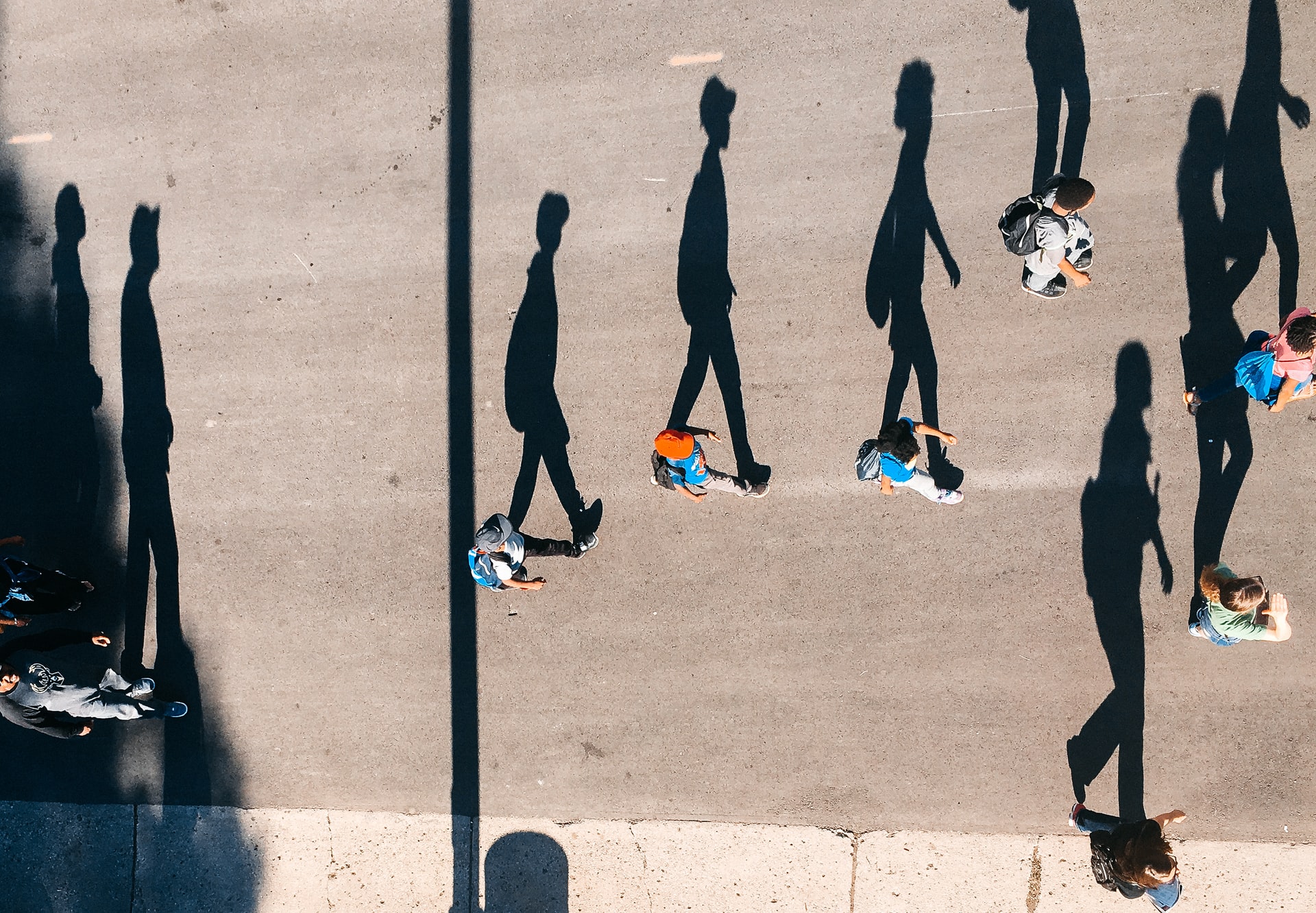
Photo by Tom Barrett on Unsplash.
Tackling tradition
At times like these, it might seem baffling to observe such a tenacious focus on the future. The current moment is characterized by increasing uncertainty, acceleration and multitudes of global instabilities – predicting the future might seem an impossible quest for humans as much as for other forms of intelligence.
Nonetheless, the need to invent and shape the future collectively is felt all the more keenly in many realms of today’s social realities. Rather than trying to systematically unveil a tomorrow by analysing data from the continent’s past and present, various initiatives across Europe are now asking themselves: how can we understand and influence the way Europe addresses the challenges that will inevitably define its future decades?
Last March, the European Commission – together with the Council, the Parliament and the member states – launched ‘a major pan-European exercise in democracy’. This digital participatory platform was part of an 11-month consultation called the Conference on the Future of Europe (CoFoE), which aims to channel and collect European civil society’s propositions, ideas and hopes for the future of the Union and the continent.
Similarly, the New European Bauhaus was introduced as an EU initiative with the goal of combining multiple perspectives and disciplines, ranging from the arts to economics, to explore concrete paths for a sustainable future through the European Green Deal on the one hand, and a collective European trajectory and sentiment on the other. It is worth noting that the Bauhaus School, historically, stood for a holistic renewal of existing social relations through design and the built environment.
However, as feminist or critical race historians have shown, the School’s implementation of the vision was not at all unproblematic, with its uncritical view of Modernity as brought on by industrial capitalism, or with its invisibilisation and unequal treatment of female students. While commending the endeavour launched by the EU Commission, for instance, the Dutch Jan van Eyck Academie lamented the lack of inclusivity foreshadowed by using Bauhaus as a conceptual guiding light, seeing its legacy as a ‘Eurocentric and Western legend‘.
Studying the future
The New European Bauhaus’s reverberation with the past indicates clearly that these broad and interdisciplinary initiatives – however much they appear to be suddenly omnipresent in the public sphere – are indeed not necessarily new; they have been part of the European socio-political landscape ever since the advent of futures studies.
The elite future think tank Club of Rome dating back to 1968, and the European Cultural Foundation’s very own multi-disciplinary research project Plan Europe 2000 which ran between 1968 and 1975, are just two of the large-scale endeavours that have asked the question whether the future of Europe should be a source of hope or anxiety.
These grand ambitions remind us that, rather than modelled scenarios of future actualisations, these attempts to make the future knowable are a window into cultural worlds and critical societal moments. Our collective need to grasp the future has often surged in times of geopolitical impasses: the bomb, the climate, the virus.
A desire for unity and prosperity has guided our gaze towards what comes next. A logic of progress rooted in imaginaries of growth has instilled us with the confidence that the future can, indeed, be tamed – and that for it to be practicable, it would have to follow a single, linear trajectory.
Whose Europe are we making
The current initiatives introduced above show that the addressees and architects of these debates on futures might have changed from elites to civil society at large, emphasising democratic and participatory aspirations. Achieving these goals, however, comes with its own challenges.
As recently argued in the Italian editorial Domani by Francesca de Benedetti, the projects risk becoming a mere ‘performance of democratic practice‘. Voicing this concern, she echoes other critiques of the CoFoE in terms of its potential for hijacking, its lack of true engagement beyond the cosmopolitan elites, and the lack of gender balance in its executive ranks.
Indeed, discussing any type of future in a conclusive and proposal-oriented way – while fully incorporating egalitarian ways of addressing the challenges we are facing as a continent – seems to pose enormous obstacles to the noble-minded initiatives launched by the European Union institutions, and those beyond.
A few months into their launch, these questions reverberate: whose future are we making? Whose Europe is this? And how can we carve out a diverse and inclusive European sentiment through this quest for a common future?
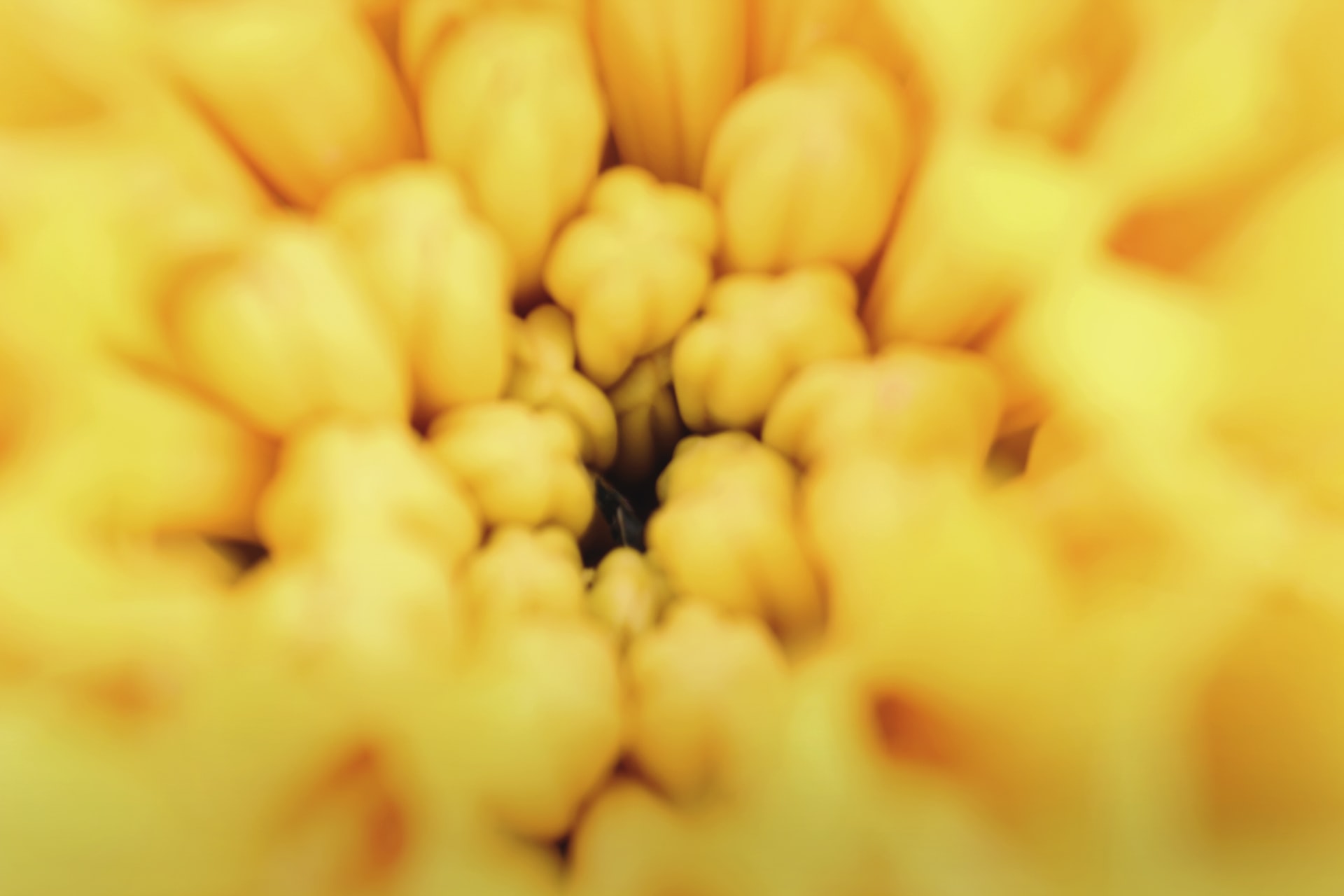
Photo by Jen Theodore on Unsplash
All in on arts and culture
Occupying a complementary space in these current debates alongside the CoFoE and the New European Bauhaus, the European Pavilion – one of the newest programmes of the European Cultural Foundation – is envisioned as a platform for exactly these kinds of reflections.
While it exists in the same cultural moment as the other initiatives addressed, it consistently goes ‘all in’ on arts and culture, aiming to create a constellation of ‘many pavilions’, made up of artistic and cultural initiatives across the European continent that are willing to debate and imagine a multitude of future trajectories for the European project.
In the critique of the new EU initiatives for future Europe quoted above, de Benedetti contemplates whether, in the case of the New European Bauhaus, politics can ever be the force that decides where and why a cultural and artistic avant garde can emerge. The project team behind the European Pavilion, instead, asks whether the flourishing, diverse and decentralized cultural and artistic avant-garde could contribute to the creation of new, different political visions for Europe – using radical imagination to ask what the Europe of the future should sound, look, feel and be like, in diverse spaces dedicated to artistic and educational initiatives.
The built form
The shaping of such a pavilion blueprint was, naturally, not carried out without the help of artists themselves. In close collaboration with two of the foundation’s grantees, the architectural artists of Studio Wild and the multi-national research laboratory EUPavilion, the convergence of aesthetics and politics in the search for a European future was imaginatively explored.
Through ‘The Forbidden Garden of Europe‘, for instance, Studio Wild created a piece for the 17th Venice Biennial of Architecture, which will be open to the public as of August 26. In a playful engagement with plants as part of the ‘Invasive Alien Species of Union Concern’, a list of natural species considered invasive by the European Union, they contemplate questions of borders, exclusion and Europe’s global reach. Concerned with the aesthetic deficit of Europe, EUPavilion has been researching how to imagine new representations of Europe in architectural form – for instance, through the exploration of a European Pavilion at the Venice Biennial. ‘We are convinced that architecture is a fundamental element of the collective character of the European project,’ EUPavilion co-ideators Anna Livia Friel and Marco Provinciali state.
Together with artistic and architectural practices from across Europe, they are currently putting together an online exhibition that focuses on the built form as a vital function of a ‘democratic and inclusive public realm’. Raising central questions of European togetherness and its challenges, these artistic projects have been fundamental in cementing the conviction and quest of the European Pavilion to tackle Europe’s impending obstacles through artistic approaches.
The spoken word
Seizing the pandemic impasse as a time to prepare the ground for the first constellation of pavilions, in 2020 the European Cultural Foundation launched the European Pavilion Podcast. This seven-part audio documentary series is a research toolkit to lay the foundations and collectively build a blueprint for the envisioned pavilions.
In dialogue with culture and arts practitioners, as well as historians, scientists and activists, the European Pavilion Podcast questions whether we can imagine a Europe beyond nation-states, and how, in such a space, the presence and representation of the myriads of identities and realities lived in Europe would shift.
What is the role of sustainability and nature in understanding the challenges of a common Europe? And how can the metaphor of infrastructure help us think about the visible and invisible images of Europe?
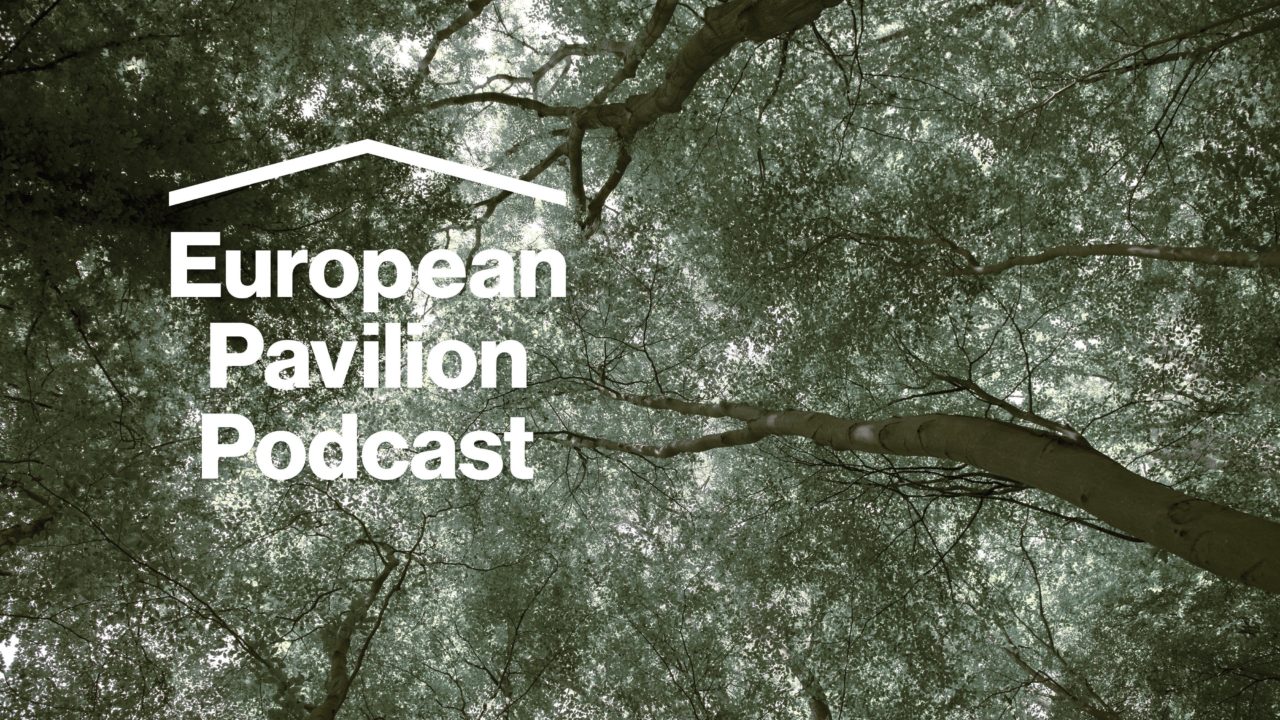
The European Pavilion project looks into potential representations of Europe with its podcast series serving an artistic investigation.
Concluding the reflections on these issues, in the last episode of the podcast, the guests discuss what could become the new ‘cementiment’ of Europe – an emotional and material bond that would weave a sense of Europeanness. Project leader Lore Gablier, in an earlier episode, sees the urgency of such a shared bond in the lack of a common orientation:
‘Europe is struggling to overhaul its image in people’s minds. So it’s becoming increasingly difficult to trigger European sentiment. How do we understand the relationship between building a sense of belonging, and building an image?’, she asks in the voiceover that accompanies the musings of Rodrigo Bueno Lacy, a political geographer, Lena Dobrowolska and Teo Ormond-Skeaping, an artist collaboration, Eglė Rindzevičiūtė, a sociologist, and Benedikt Stoll, an urban designer – a polyphonic conversation glued together by many accents, biographies and views on the elusive images of Europe.
Focusing on a playful engagement with the visual, audio and material, as well as experimental approaches to what often goes unnoticed, the arts could indeed provide access to a future that attracts us, but cannot be grasped. Beyond the conceptual, the European Pavilion aims to ground a radically imaginative approach in its structures as well.
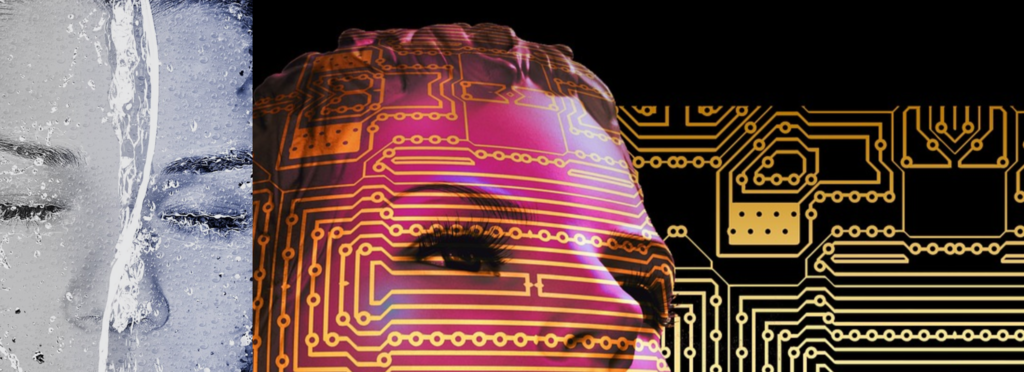
Photo by Evynjct, CC BY-SA 4.0 via Wikimedia Commons
As argued by Dea Vidovic, the Director of European Pavilion’s key partner Kultura Nova Foundation in Zagreb, ‘in our work, we take into account challenges we need to respond to, and pitfalls to avoid.’ In their preparatory work, they think about experimental and radical ways to design ‘elements and standards based on which each European Pavilion can be tailor-made depending on the specific needs, interests, and contexts of the cultural and local communities across Europe.’
Indeed, beyond its yet-to-be-defined contents, the pavilion as a metaphorical spatial construct that is airy, multi-purpose and including both private and public elements, holds potential for rethinking what true inclusion and participation might look like on a European level.
The European Pavilion, singular only in its monumental name, was officially launched in Turin in November 2021. Until then, it revelled in the distinctive energy created by anticipation – the contemplative power of the ‘not yet, but soon’. Through its construction, the European Cultural Foundation as well as its main partners Kultura Nova, Camargo Foundation and Fondazione CRT, cannot but echo the ongoing surge of voices engaged in the quest for a more hopeful future.
By placing all its cards on arts and culture, its contribution to that choir could be a non-linear, decentralized and radically imaginative way to understand what is yet to come – accepting that we can never fully predict, but always shape the path towards our future creatively and collaboratively.
This article was originally published by the European Cultural Foundation with the title On the Art-ful Futures of Europe: Positioning the European Pavilion in the Quest(s) for a Common Future. The article is published in Eurozine within an ongoing collaboration with ECF.
Published 28 January 2022
Original in English
First published by European Cultural Foundation
© Sabrina Stallone / ECF
PDF/PRINTIn collaboration with
Newsletter
Subscribe to know what’s worth thinking about.
Related Articles
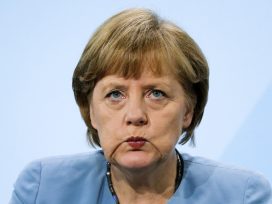
Outrage and moral panic have become driving forces in global politics – but what role should emotions play in democratic governance? On the new episode of Standard Time, researchers examine the influence of moral emotions and their implications for political life.

Steady access to safe, drinkable water is still a privilege, and Europe is struggling with ever-worsening droughts. The new episode of the Standard Time talk show discusses chemical hazards, eco guerrillas, and why we can never have enough pelicans.
